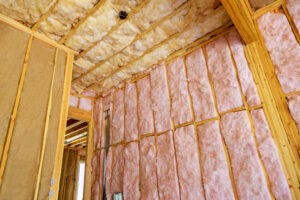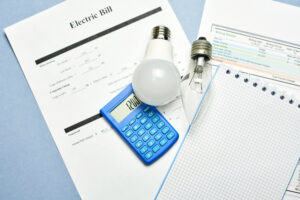Solar panel purchasing & usage guide
Last updated on March 10th, 2024 at 03:05 pm
It’s no secret there are a lot of different decisions to consider when purchasing solar panels. The truth is, it is relatively easy to build a small solar array in your backyard or on your roof that you can use to power small appliances or perhaps tie into the existing grid. Most consumers will choose to take the easiest way out possible (and there’s nothing wrong with this) – purchasing smaller solar panels and tying them into an array.
Consider these questions before you purchase or install solar panels:
What load are you looking to put on them (what are they going to do?)
This is really the most important step, because this determines the size/number of panels you’ll need. If you are looking to power several small appliances, you’ll need to make sure they have enough power to supply energy (electricity) to completely power the appliances. For example, if you want to power all your night time lighting from solar panels that generate electricity during the day, you’ll need to make sure they can generate enough power during the day to supply the energy required at night.
Several smaller panels used for home power applications usually range between 75 to 120 watts, and this depends on the age and condition of the panels. About six 80 watt solar panels can run appliances like a refrigerator, computer, 27 inch color TV and microwave depending on appliance usage and how the energy is stored/used.
The first step is really to get an energy audit. A DIY Energy Audit is crucial in finding how you use energy. Once you know how you use energy, you can plan your solar array better.
Cost – It’s all about Cost
On average panels cost about $3-5 per watt, so an 80 watt panel will cost about $400. You can build a small solar panel yourself for less than $100, but be careful of the materials you use. You should keep them high quality, and make sure to seal the panel with silicone or another high quality material.
Where will they go?
Most of the time, put them facing south (in the northern hemisphere). Also, they can be placed on a west or east facing roof and still produce a good amount of power. The best idea is to temporarily mount the panels in an array then measure the output with a multimeter.
Test, Test, Test
Test out the array for both durability and power output. Move the solar panels around out of obstruction (such as trees) that blocks sunlight. Make sure they are weatherproofed. Expose them to the elements. And pressure treat the array (if you build it yourself).



Oh man that you so much for your post at right time. It helped me in my assignment. Thanks
i could only wish that solar panels cost only several hundred dollars, i would love to fill my roof with solar panels “;;